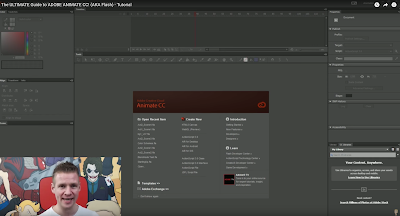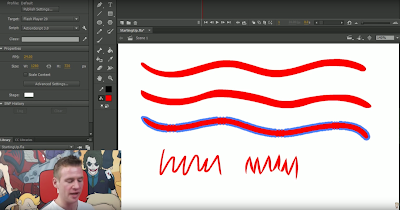Even though the characters in my animation are animated and cartoon-like. I really wanted their surroundings to be as realistic as possible. This way the viewer can believe that the story is set in a real place, the story of my animation although fictional is one that very well could happen in real life. Since i wanted the surroundings to be as realistic as possible and in a way follow the laws of physics, I felt like in the case of this particular animation it would be irresponsible and a rash move to jump into drawing the background designs immediately onto paper.
There are many shots in my animation inside and outside of the main two houses, they are often at different angles so when developing the storyboard, making sure I knew where certain rooms should be and how furniture should be laid out was very important to me.
As I learnt from when the visiting professional Fraser Maclean came in to talk with us, staging and layout is just as important in Animation as Live Action, rules like the 180 degree rule need to be followed so the viewing experience is not jarring. That is why planning out my environments was going to take time.
Taking Inspiration from The Simpsons
I own the book 'The Simpsons Handbook' which has served incredibly useful in informing and inspiring me on how to develop backgrounds. They state in the book 'Observational details are key elements of every Simpsons background drawing. In these kitchen views, notice even though the lines are simplified to work well with the style of the characters, they still give the impression of being real spaces. The perspectives aren't skewed, and the elements aren't drawn in a "cartoony" way. It's all based on real objects and real architecture.'
Even though the Simpsons are cartoon characters they still have to follow certain rules in how they exist and interact with objects and locations in their world. It has to make sense. I need to make sure when designing backgrounds for the characters in my animation that it all makes sense with how they interact with how they interact with their surroundings.
Taking Inspiration From Ethel and Ernest
When we saw the panel on the making of the animated film
Ethel and Ernest, the creators of the film described how they created the backgrounds. They stated that their technique was to model the buildings in Maya and then trace over the 3D models digitally. This way they were able to easily get any camera shot they wanted just by moving the camera without having to worry about making sure the perspective is absolutely correct.
While yes modelling a house on Maya does take a certain amount of time before you can even think about drawing it, but once you've actually modelled the house, any shot thereafter is instantly effortlessly easy to stage. This inspired me to use this technique when modelling the main set pieces from my animation; the Nan's house, the cop's house and Lucy's classroom. While I feel I do have a skill for perspective drawing, it would still take me a lengthy process to draw each background from scratch by hand as evidenced when creating the backgrounds for my Processes and production animation in first year, see below...
That is why I felt like this would be a good method to use. I have struggled with using Maya in the past but the main thing is that I have previously used it to create an animation. Here i am confident as I am only doing modelling, I am not doing any of the things I truly struggled with such as rigging a character, UV mapping or even animating using the software.
Groening, M., Morrison, B. and Newman, K.M. (2007) The Simpsons handbook: Secret tips from the pros. London: HarperCollins Entertainment.
Ethel and Ernest (2016) Directed by Roger Mainwood, UK




















































